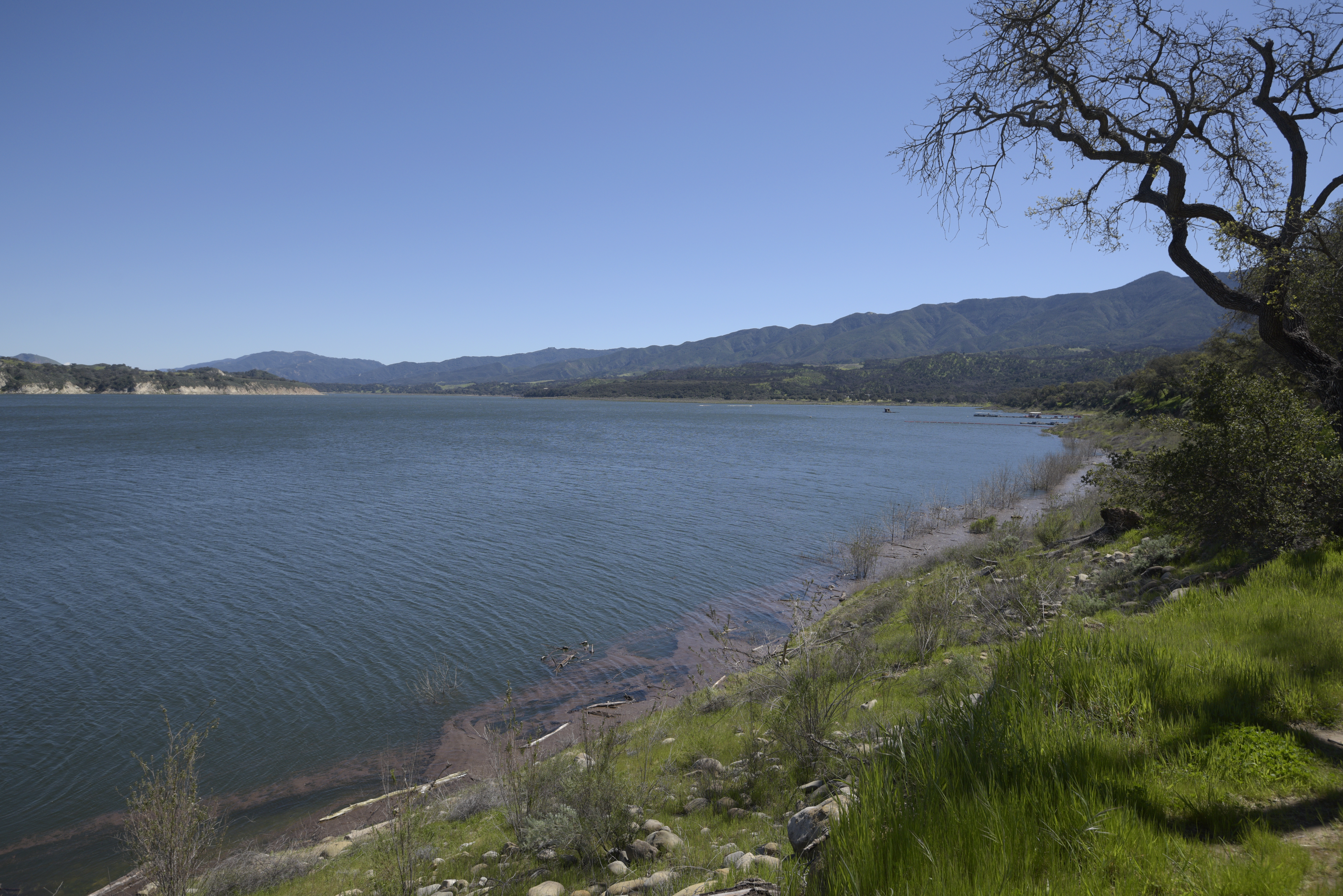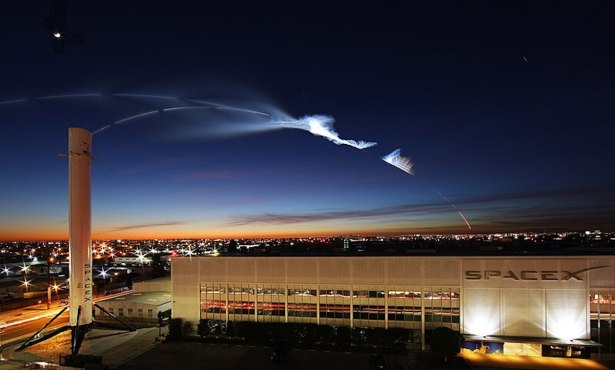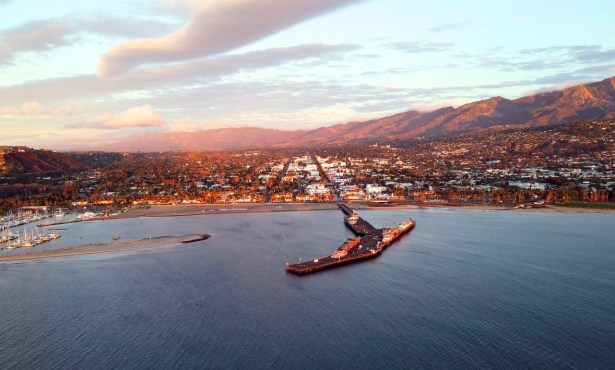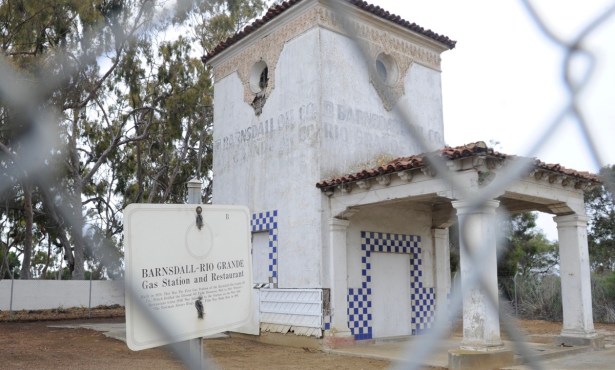Santa Barbara County Sees a Dry Start to the Water Year
Water Managers Look to January, February, and March for Significant Rainfall

By the first of December, Santa Barbara County usually receives 15 percent of the water year’s rainfall, but this year, it sits at a woeful 2 percent. Lake Cachuma, the source of water for most of South County, is 65.5 percent full, however, and its constituent water agencies learned last month that they would receive 100 percent of their water allocation from Cachuma.
The lake is fed by the watershed formed by the hills surrounding the Santa Ynez River, which is captured by Jameson and Gibraltar reservoirs before flowing to Cachuma and then to the Pacific Ocean at Surf Beach near Lompoc. Gibraltar has received a relative sprinkle — 0.19 inches — this water year, which started on September 1, compared to its average 3 inches by this time. But rainfall in the county is fickle. The 100 years on record for Gibraltar note as little as zero inches in 10 Novembers past and as high as 17 inches in 1965.
Get the top stories in your inbox by signing up for our daily newsletter, Indy Today.
It’s too early to panic, county water manager Matt Young assured. “It’s the driest start to the water year in 20 years,” Young said, but part of Santa Barbara’s regular water cycle has been two or three storms that float the pool. Cachuma is operated by the federal Bureau of Reclamation under a contract that expired this year. The allocation would have been announced earlier, said Young, but the parties were negotiating an interim contract that gives them three years to finalize the agreement with the bureau and the Cachuma Operations and Maintenance Board (COMB).
Rain tends to be heaviest in January, February, and March, summarized Shawn Johnson, who compiles much of the statistics at the County Hydrology website. The three months generally give the county 60 percent of its rainfall, which averages roughly 20 inches per year.
That was the year’s water picture for Ray Stokes, too. Stokes heads the Central Coast Water Authority, which delivers water to Cachuma from the state water project. The watersheds in Northern California that provide the state water project have been pretty dry so far, he said. But for snow and rain, “As we get into January and February or March, that’s when the height of things really kicks in.”
Every day, the staff of the Santa Barbara Independent works hard to sort out truth from rumor and keep you informed of what’s happening across the entire Santa Barbara community. Now there’s a way to directly enable these efforts. Support the Independent by making a direct contribution or with a subscription to Indy+.



